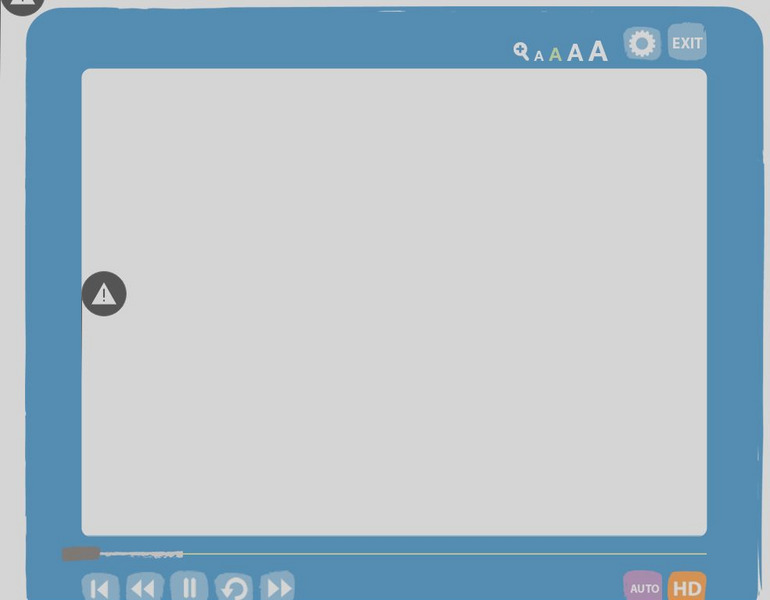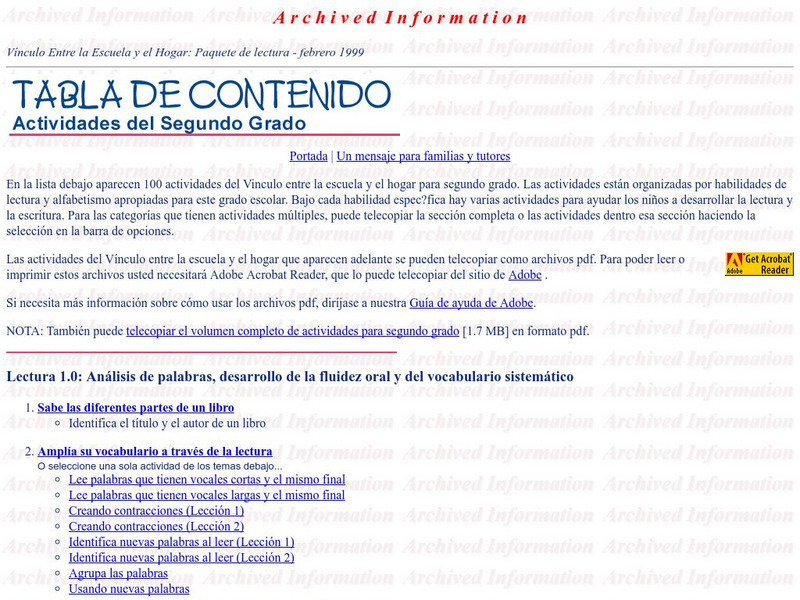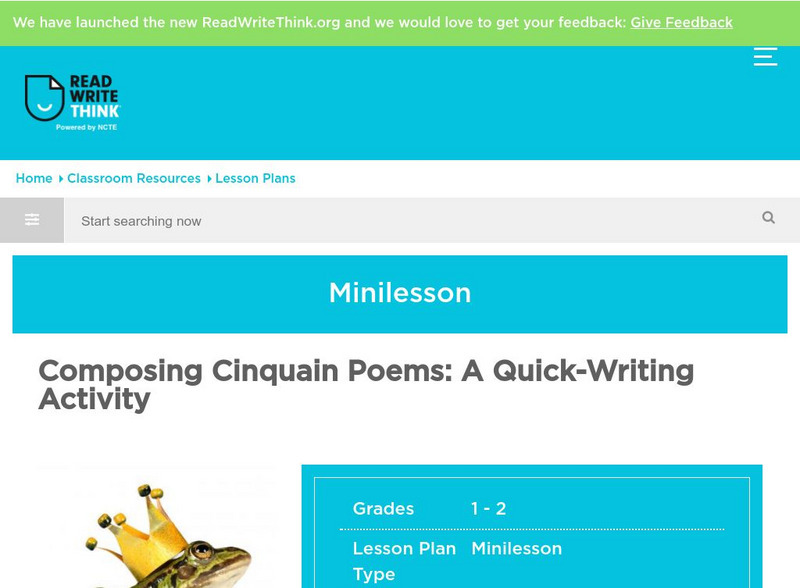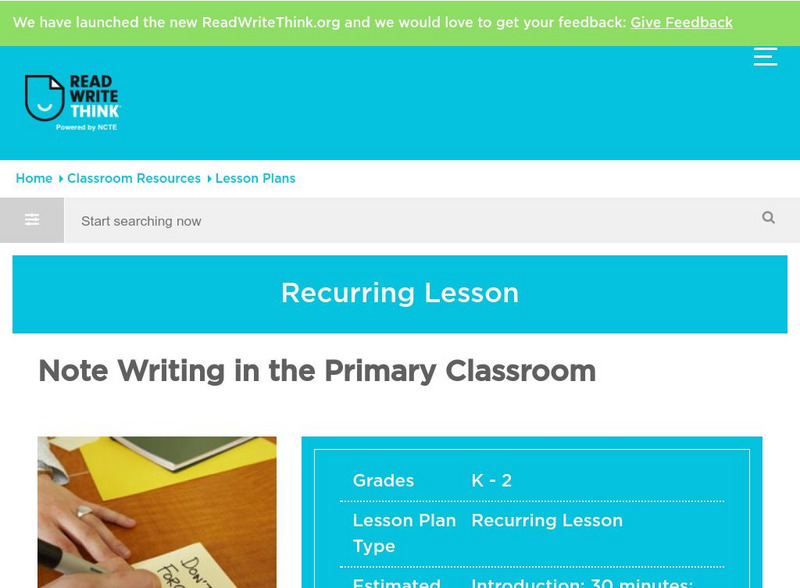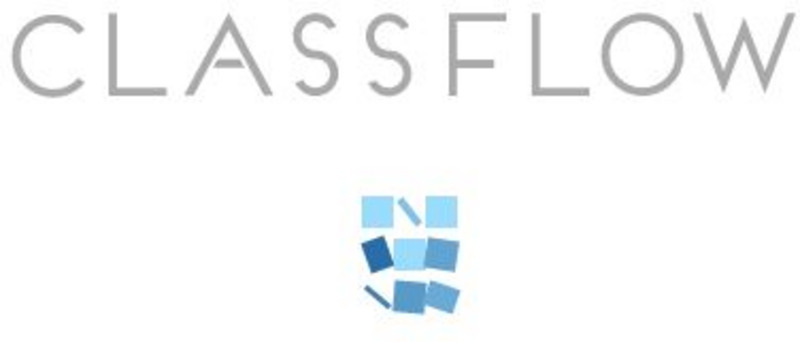Reading Rockets
Reading Rockets: Onset/rime Games
Similar to teaching beginning readers about rhyme, teaching children about onset and rime helps them recognize common chunks within words. This can help students decode new words when reading and spell words when writing. This article...
St. Charles Place Education Foundation
Reading Bear: Oo Lesson
In this beginning reading module, the instructor models how to pronounce words that incorporate "oo" in them. Students are prompted to interact with the video segments at various times. Students can choose to sound out words, see words...
PBS
Pbs Learning Media: Vocabulary Words: Graphic Organizer
This graphic organizer can help students as they explore new vocabulary words. It offers a place for a dictionary definition, as well as a place to practice using the word in a sentence.
US Department of Education
U.s. Dept. Of Education: Compact for Reading: Second Grade Activities (Spanish)
Links to one hundred second grade activities arranged by skill set and designed to improve reading and writing. All activities are in PDF format and are ready to print and use. They can be downloaded individually, according to skill set,...
Writing Fix
Writing Fix: The Wacky "I Will Not" Chalkboard
Students can use this writing idea from the book Wacky We-Search Reports by Barry Lane to demonstrate understanding in any content area. Students use the idea of writing "I will not " sentences to show their knowledge of various...
Other
Tampa Reads: Phonemic Awareness and Consonant Digraphs Worksheets
Focus on the important skills of identifying where in a word a given sound appears, and on learning four consonant digraphs vital to learning to read (ch, sh, th, and wh).
ReadWriteThink
Read Write Think: Composing Cinquain Poems: A Quick Writing Activity
Students use themed graphic organizers to compose cinquain poems on topics common in the early elementary classroom.
ReadWriteThink
Read Write Think: Note Writing in the Primary Classroom
This lesson provides a wealth of ideas for using notes in the classroom to promote authentic writing among children.
ReadWriteThink
Read Write Think: Whole to Parts Phonics Instruction: Letter Sound Correspondences
Contains plans for two lessons that use the whole-to-parts phonics approach to beginning reading. It uses onset and rime to group word families and spelling patterns to show sounds in context. In addition to objectives and standards,...
Writing Fix
Writing Fix: Color Personification Poems
In this activity, Hailstones and Halibut Bones, a book written by Mary O'Neill and Red Sings, and From Treetops: a Year in Colors, a book by Joyce Sidman, are used as mentor texts. Students will brainstorm to collect different...
Writing Fix
Writing Fix: Action Packed Zoo Sentences
In this lesson, If I Ran the Zoo, written by Dr. Seuss, is used as the mentor text. Students will record their favorite adjectives from the mentor text, rank them according to their favorite, and share them. Students will also use...
Writing Fix
Writing Fix: Who/what/when/where: Desert Theme
For this lesson, Brooke Bessesen's picture book, Look Who Lives in the Desert!: Bouncing and Pouncing, Hiding and Gliding, Sleeping and Creeping, is used as the mentor text for its use of adverbial phrases. After several exposures to the...
Writing Fix
Writing Fix: Who/what/when/where: Mall Theme
In this lesson plan, Eileen Christelow's picture book, Five Little Monkeys Go Shopping, is used as the mentor text for its use of adverbial phrases. After several exposures to the mentor text, students will use click the buttons with the...
Writing Fix
Writing Fix: Who/what/when/where: Recess Theme
In this lesson, Hooway for Wodney Watby, written by Helen Lester, is used as the mentor text for its use of adverbial phrases. After several exposures to the mentor text, students will use click the buttons with the words "Who", "What",...
Writing Fix
Writing Fix: Who/what/when/where: Sports Theme
In this instructional activity, Hoops, written by Robert Burleigh, is used as the mentor text for its use of adverbial phrases. After several exposures to the mentor text, students will use click the buttons with the words "Who", "What",...
ReadWriteThink
Read Write Think: Vocabulary Instruction Lesson Plan
This lesson plan uses a virtual trip to the moon to teach vocabulary practice. Included in the lesson plan is an overview, practice, objectives, resources, preparation, and more.
Google
Google for Education: Indefinite Articles
Students identify a pattern in the usage of the articles 'a' and 'an' and then write an algorithm that others can follow to correctly use these two indefinite pronouns, and they identify possible exceptions the general rule.
Read Works
Read Works: Finding the Office
[Free Registration/Login Required] This realistic fiction dialogue shares what happens when a note is given to a student. This passage is a stand-alone curricular piece that reinforces essential reading skills and strategies and...
ClassFlow
Class Flow: Chunk Lesson At
[Free Registration/Login Required] Use literature and the Whole-Part-Whole Method to teach individual word chunks. This flipchart focuses on the -at word chunk.
ClassFlow
Class Flow: Chunk Lesson Ear
[Free Registration/Login Required] Use literature and the Whole-Part-Whole Method to teach individual word chunks. This flipchart focuses on the -ear word chunk.
ClassFlow
Class Flow: Chunk Lesson En
[Free Registration/Login Required] Use literature and the Whole-Part-Whole Method to teach individual word chunks. This flipchart focuses on the -en word chunk.
ClassFlow
Class Flow: Chunk Lesson Et
[Free Registration/Login Required] Use literature and the Whole-Part-Whole Method to teach individual word chunks. This flipchart focuses on the -et word chunk.
ClassFlow
Class Flow: Chunk Lesson Ew
[Free Registration/Login Required] Use literature and the Whole-Part-Whole Method to teach individual word chunks. This flipchart focuses on the -ew word chunk.
ClassFlow
Class Flow: Chunk Lesson Out
[Free Registration/Login Required] Use literature and the Whole-Part-Whole Method to teach individual word chunks. This flipchart focuses on the -out word chunk.



